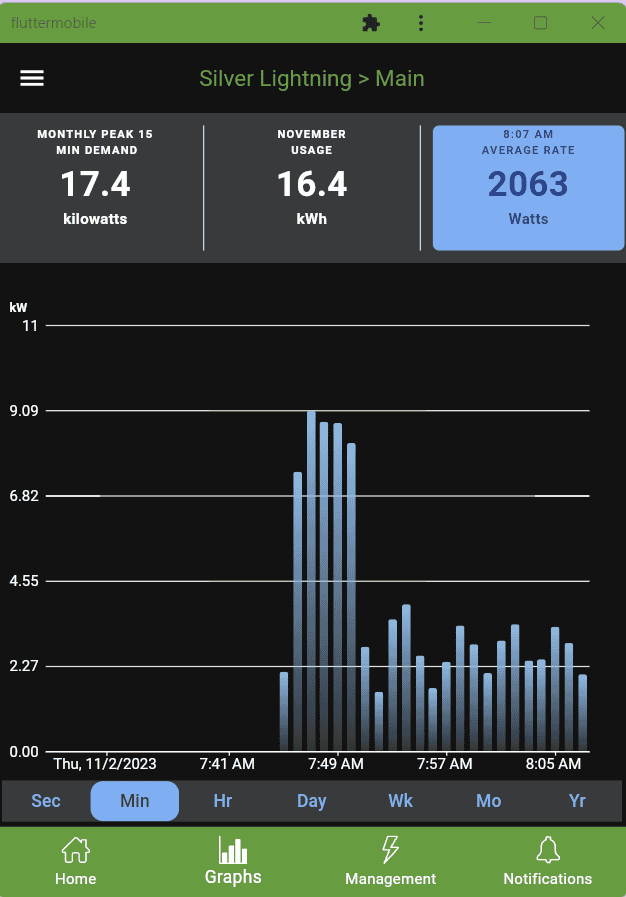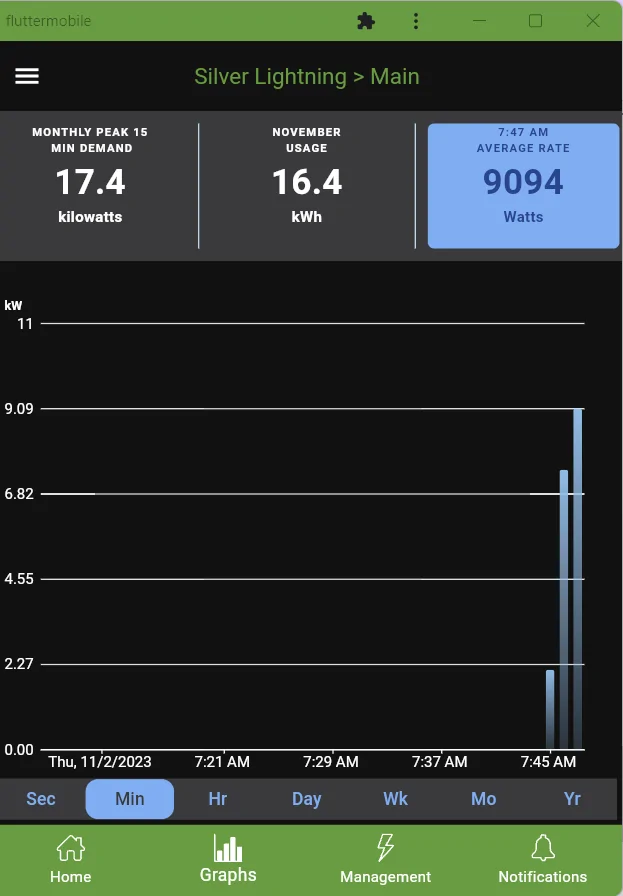Roy2001
Well-known member
- Joined
- May 27, 2021
- Threads
- 36
- Messages
- 981
- Reaction score
- 639
- Location
- Sacramento, CA
- Vehicles
- Tesla MX LR; Prius Prime
The only solution is to use heated seat for coldest days.
Sponsored
There’s no way heating uses 30% of the energy. If the 5 KW heater runs 100% of the time (it’s likely much less, depending on conditions) that consumes 5 kWh in an hour. If you drive 50 miles in that hour at 2 MPK, you’ve used 25 kWh to move the truck. Total usage of 30 kWh. That’s 17% in a worst-case scenario. In reality, it’s probably half that.The new vapor-injection heat pumps (including the ‘24 Lightning) are effective even at sub-freezing temps, and should reduce the energy consumed for heating by about 30%. So, if energy used in heating the cabin is say, 30% of total energy consumed by everything while driving, then the heat pump might be expected to reduce total energy consumption by about 9% (30% x 30% = 9% saved). That would mean 9% less consumption, 9% more range (or 30% less range loss) than when using resistive heating. Not a huge difference, but significant.
Which is why I say that the heat pump will not provide any notable range improvement. Notable as in "I have to have one of those put in my truck". Or "Ford now claims XX range in winter".There’s no way heating uses 30% of the energy. If the 5 KW heater runs 100% of the time (it’s likely much less, depending on conditions) that consumes 5 kWh in an hour. If you drive 50 miles in that hour at 2 MPK, you’ve used 25 kWh to move the truck. Total usage of 30 kWh. That’s 17% in a worst-case scenario. In reality, it’s probably half that.
You’re correct, I had 5 KW on my brain from my Mach-E. I honestly don’t know what’s in the Lightning, but 7.5 KW wouldn’t be unrealistic. But the size of the heater doesn’t change the amount of heat required to keep the cabin warm. A larger heater would run less.Are you sure it is a 5kw heater? I see folks assumed that was the size only because it may be the same as the MME. The typical resistive heater shown on the WeberAuto videos is a 7.5kw unit. I can't find any listing in the info from Ford.
Trying to be fair here or rather offer clarity. Some of that is due to other improvements made as well, especially in the battery pack.If it’s anything like other manufacturers, I would definitely expect it to make a difference in cold weather. We traded a 2018 Tesla with resistive heater for a 2022 with a heat pump and the winter range loss went from 30-40% to 10-20% range loss in the winter. I’m sure Ford had to justify the extra cost of a heat pump by being able to provide a demonstrable improvement for cold weather customers.
I’m always curious (as an SR truck owner) about why 240mi range seems so only marginally adequate. Do you drive more than 240mi in a normal day? (that would be 62k miles/yr, driving the truck only on weekdays!) Perhaps some do, but most of us drive a fraction of that. Plugging in every night (in a garage, especially in cold climates) is part of the answer, so that you always start your day with a full charge (or 80% or 90% or whatever your preferred charge limit) and a warm battery pack.
LolMy full expectation is no as well. When I want the heat pump, I'll order my T3 ;-)



240 with winter conditions and hilly driving? you're supposed to get around 320, correct?Anyone knows if ford will be able to retrofit 2022 and 2023 models with heat pump to gain some extra range ?
My 2023 ER Lariat gives me about 240 miles and in these hills with weather I can only expect it to get worse. I love the truck but range is a bit of an issue
No. If you get 320 you're doing city driving.240 with winter conditions and hilly driving? you're supposed to get around 320, correct?
I think part of the problem is some folks don’t truly know.240 with winter conditions and hilly driving? you're supposed to get around 320, correct?
That's before winter conditions. And yes the ER is marked as 320. Not here in the foothills.240 with winter conditions and hilly driving? you're supposed to get around 320, correct?
1.8 at that speed sounds good to me. My regular commute is 1.25 hrs each way and once a month I do a 4-5hr drive one way. In a few more months I'll be able to better judge. The 240 is actual from 90% to 12% gotta keep driving thoughI think part of the problem is some folks don’t truly know.
Twice a month, I’m running my truck (and other EVs) from 100% to near 0-5% remaining range, and I track exactly what my real world miles are, so I know.
But unfortunately a lot of folks jump in and the range display adjusts and that’s what they think they have. I’ve certainly seen 320, but never gotten it. But I’ve also seen 240 and got 280. Heck I’ve seen 100 and got 180 with a trailer in tow.
It’s hard to say until you do a long continuous trip. And since startup energy is significantly higher, measuring multiple trips isn’t a good indicator either. There are certainly folks like me, but we’re talking regular 4 hour long non stop trips to truly determine the range capabilities here and I’m not sure there are a ton of folks who run it that way to be able to say the truck actually gets X.
FWIW, I saw 1.8mi/kWh through the Appalachians doing 75-85mph.